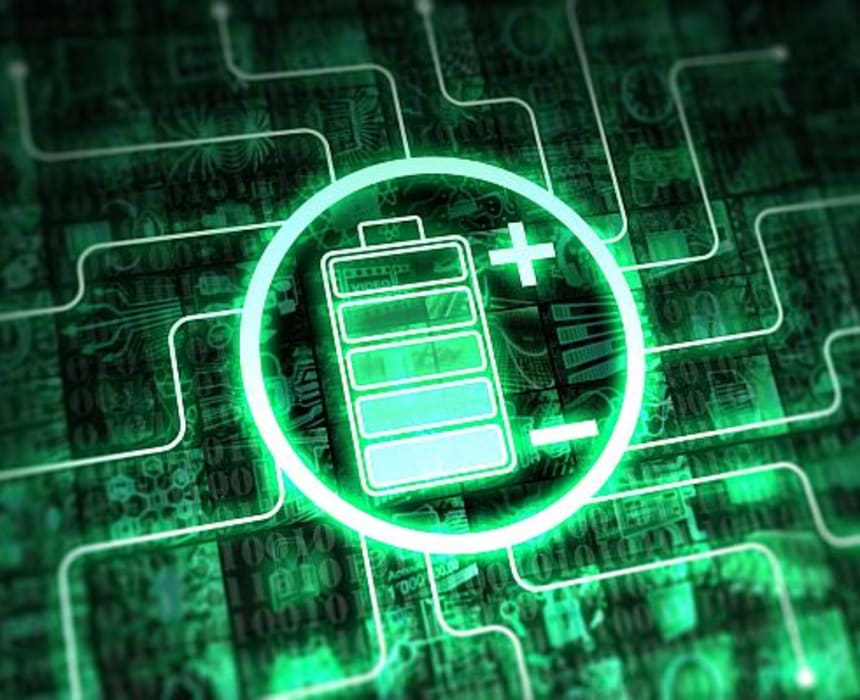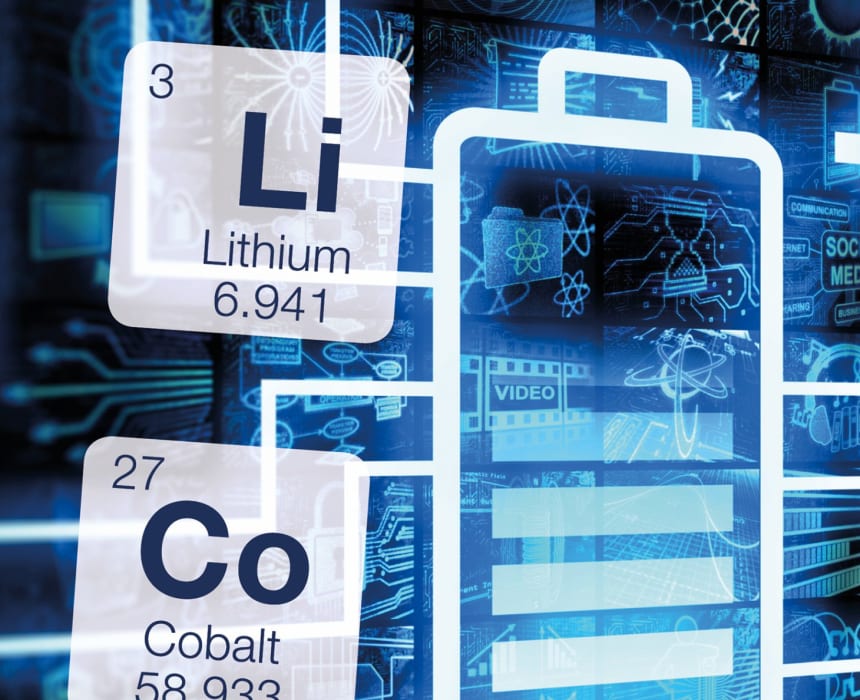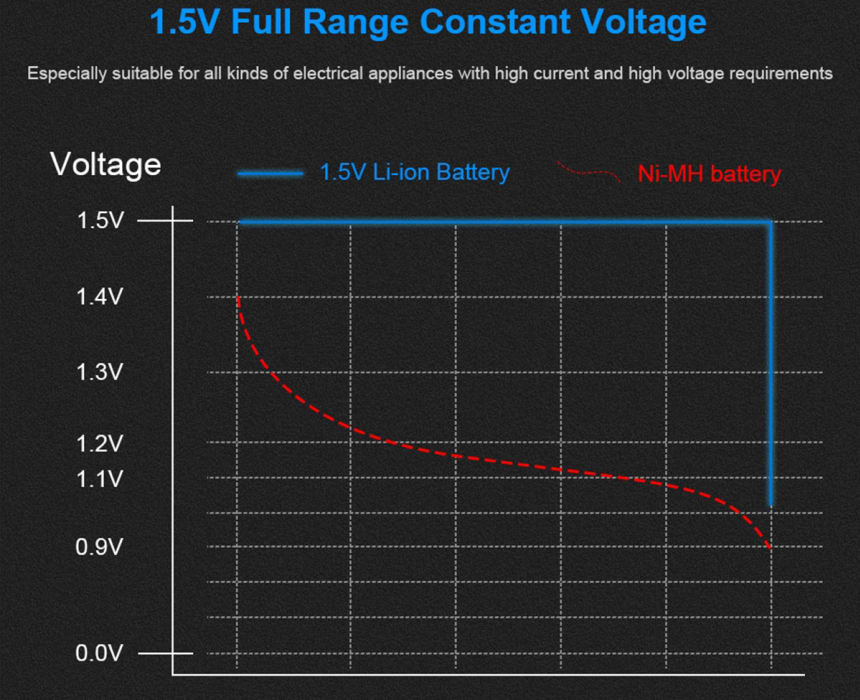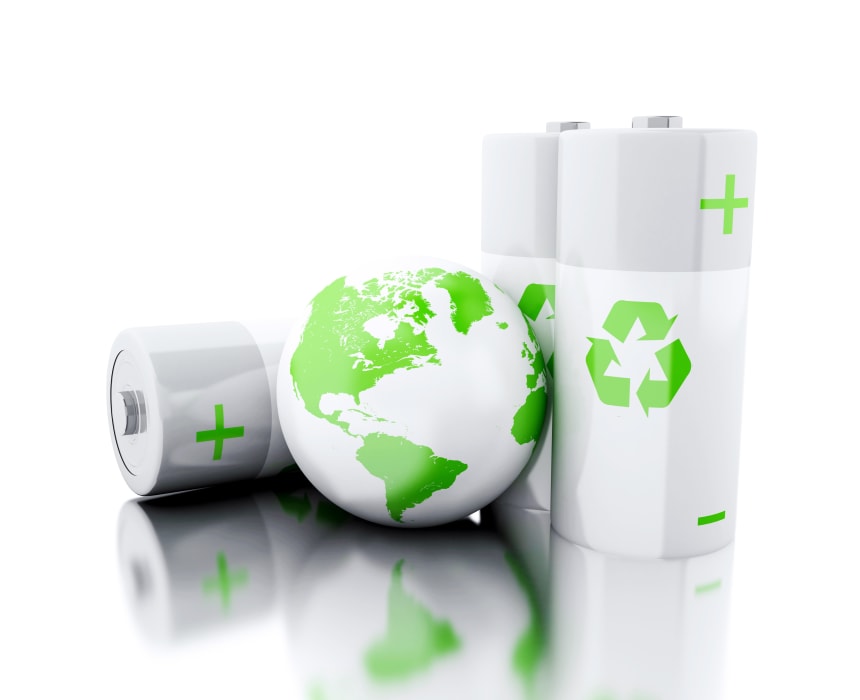
A Brief History of Electric Battery
- (1799) Italian physicist Alessandro Volta created the first electrical battery.
- (1836) British chemist John Frederic Daniell created The Daniell cell, whose electrical potential became the basic unit for voltage, equal to one volt.
- (1859) The lead-acid rechargeable battery was invented by French physicist Gaston Planté, with tens of billions of USD sales globally even today.
- (1899) NiCd batteries were invented by Waldemar Jungner in Sweden, paving the way for modern technology.
- (the 1950s) The modern alkaline battery was invented by Canadian engineer Lewis Urry, with billions of cells sold in the world each year in regular household devices from remote controls to flashlights.
- (1989) The development of the NiMH was initially sponsored by Daimler-Benz and Volkswagen AG. Using a hydrogen-absorbing alloy instead of toxic cadmium, NiMH cells are environmentally safer and higher in energy density, and they are still widely used in power tools and many electronic devices.
- (1991) Sony released the first commercial lithium-ion battery in 1991. Lithium-ion batteries have a high energy density. Many cathode formulations exist to suit specific applications, such as LFP, LCO, NMC, and NCA, while the industry is continually advancing.
Great Expectations of Li-Ion Battery
Lithium Ion Batteries (LIB) owe their popularity to their impressive energy density (100-265 Wh/kg or 250-670 Wh/l), resulting in compact mobile devices. LIBs can be charged quickly, and offer better cycle life compared to other rechargeable battery technologies. LIBs also have a positive impact on the environment due to their relatively small waste footprint, especially as better recycling technology is being developed.


AmpTORRENT = Lithium-Ion + Intelligent Controls
Lithium-Ion cells are great, but they need to be protected and regulated in order to be safe and long-lasting. This is critically important, especially for consumer end-use products, where convenience, foolproof, safety, and packaging are all important considerations. Here comes AmpTORRENT technology! Packaged in each product are a high-performance li-ion core and a controller that ensures the battery operates within safe and optimal conditions. Charging is fast and easy with the provided charger. Discharge is precisely regulated at 1.5V to make electronic devices operate optimally. Each time a battery is charged, it feels like a completely new battery. Better still, each battery can be repeatedly charged 1000's of times!
Time to adopt new battery habits?
AmpTORRENT batteries have many benefits and hardly any downsides.
- Higher performance. AmpTORRENT batteries take advantage of the li-ion chemistry, meaning faster charging, higher cycle-life, and energy density. With the built-in regulator, the battery output constant voltage.
- More convenient. These batteries never leak and can be kept around in the house or the travel bag as an always-there power option.
- Much less waste. Ever concerned about where the used batteries go? With AmpTORRENT rechargeable battery, very little material will be thrown into the trash that ends up in some landfills!
- Most Importantly, lower Costs. Because teach AmpTORRENT battery may be charged and used 1000 times, the cost of battery use is drastically reduced.
